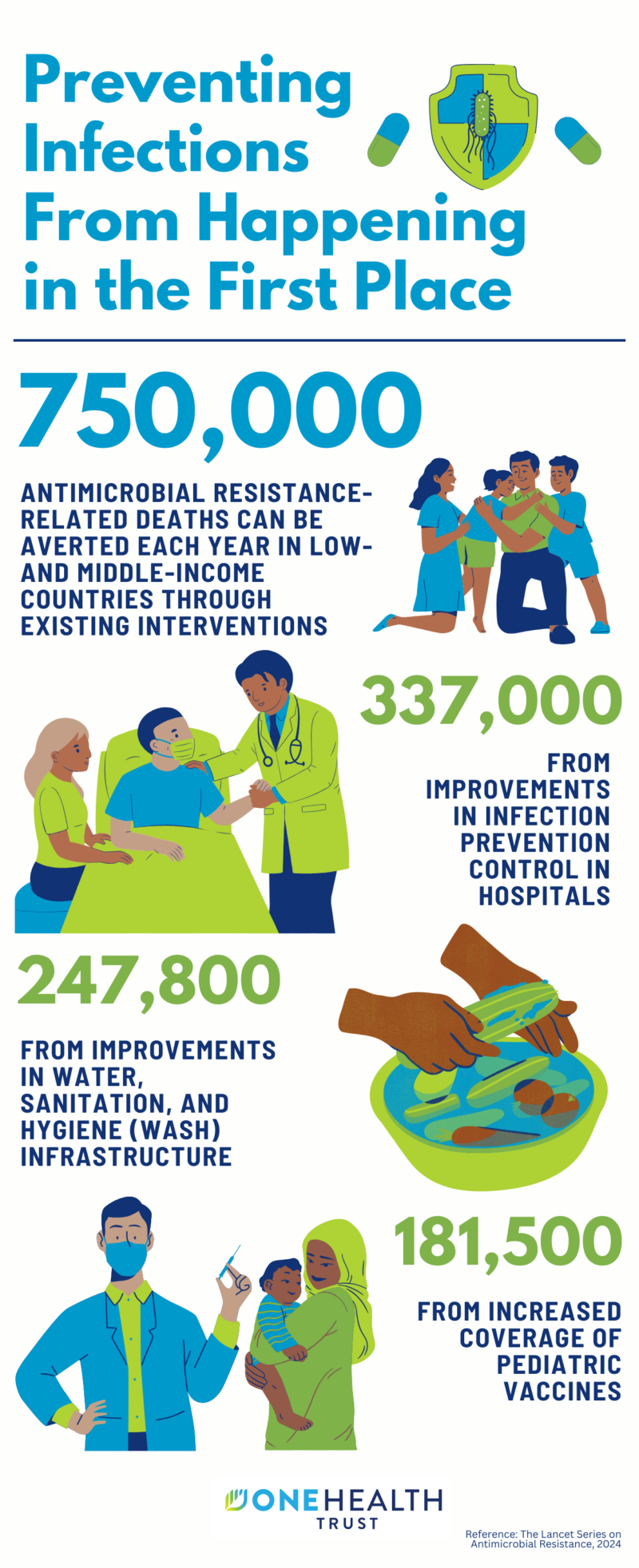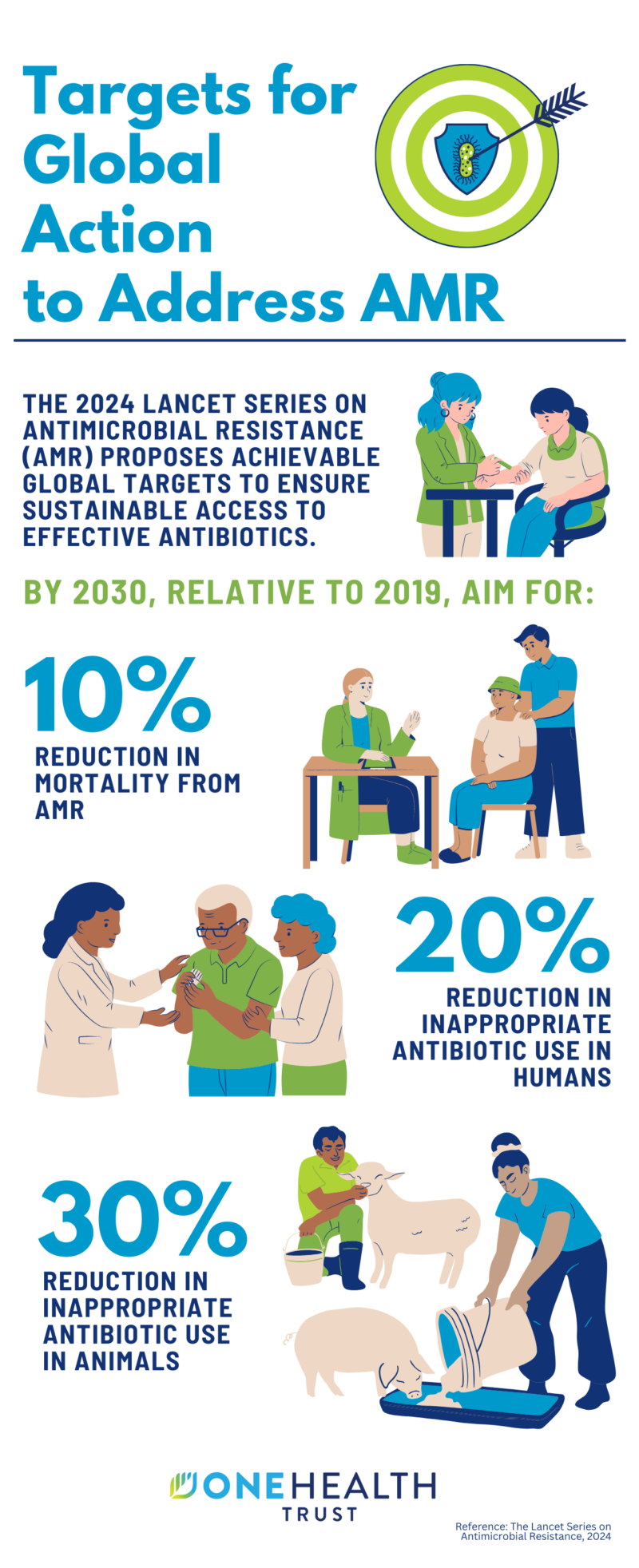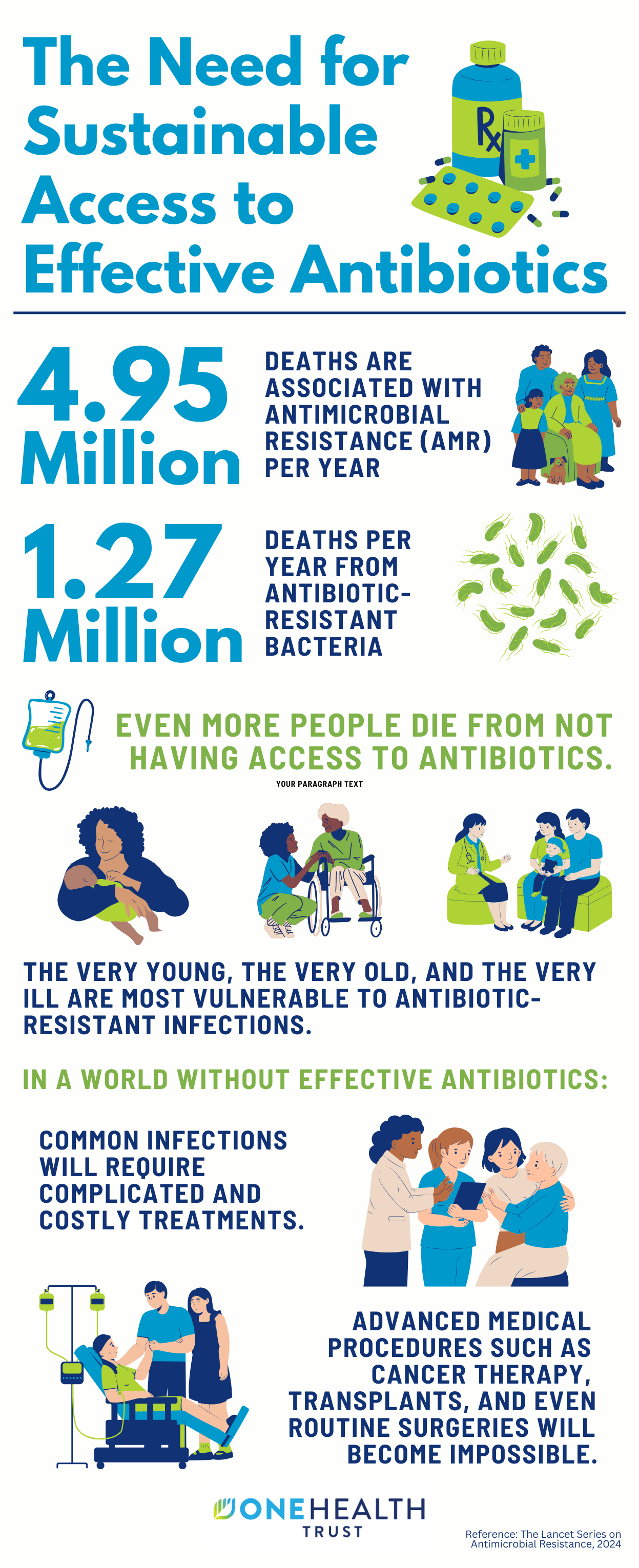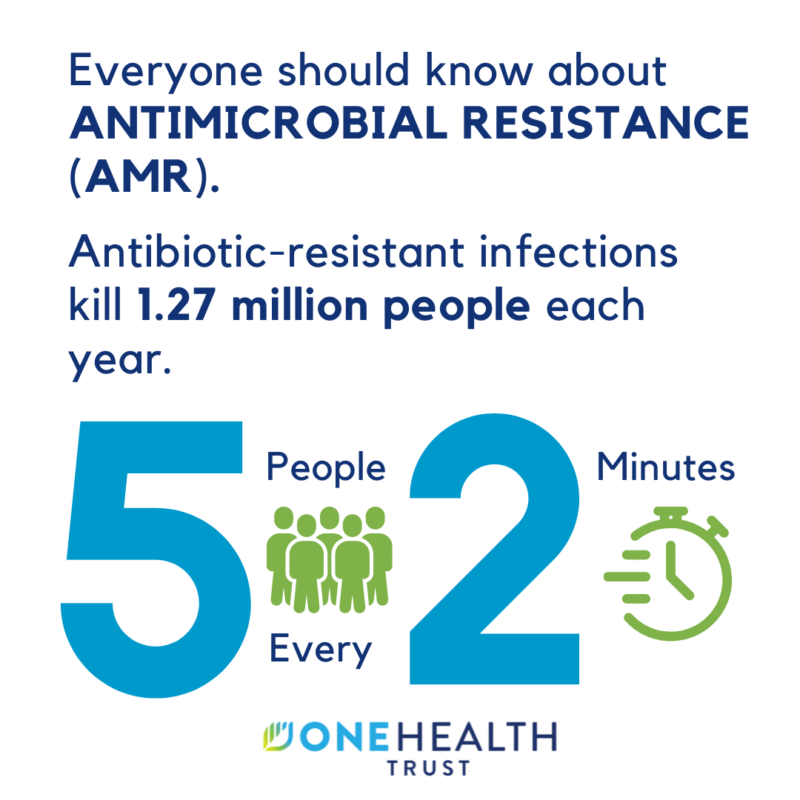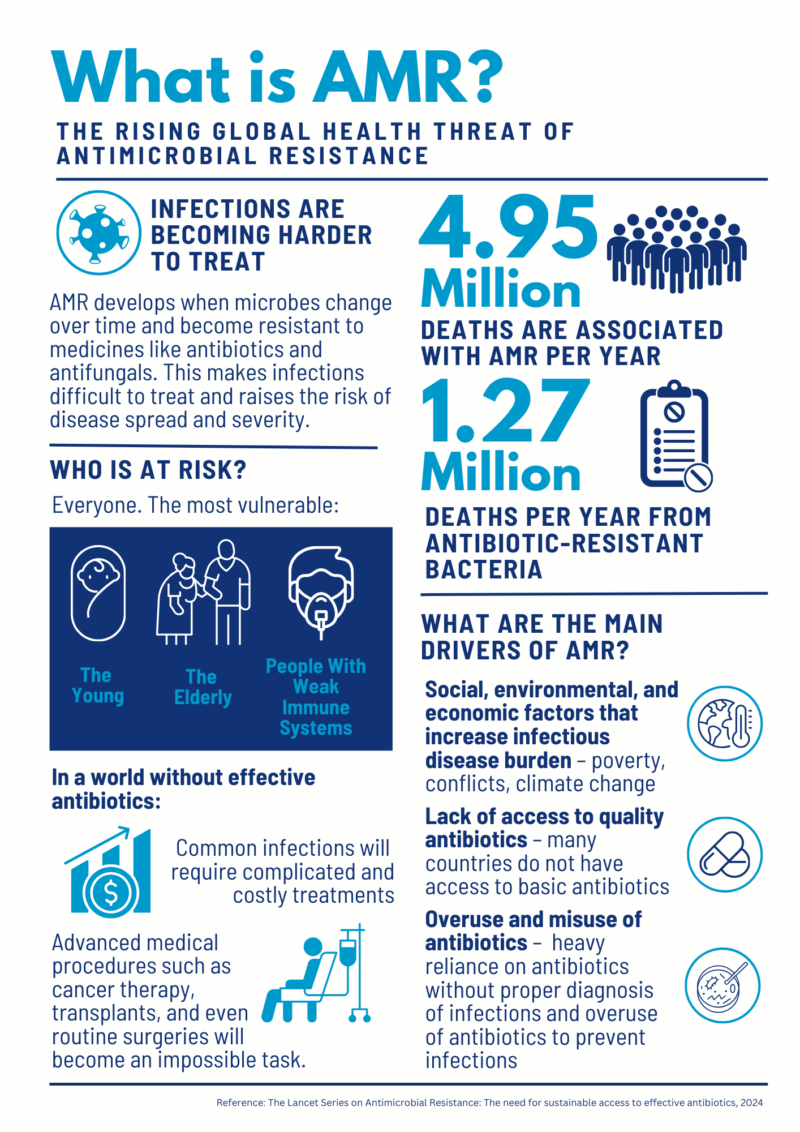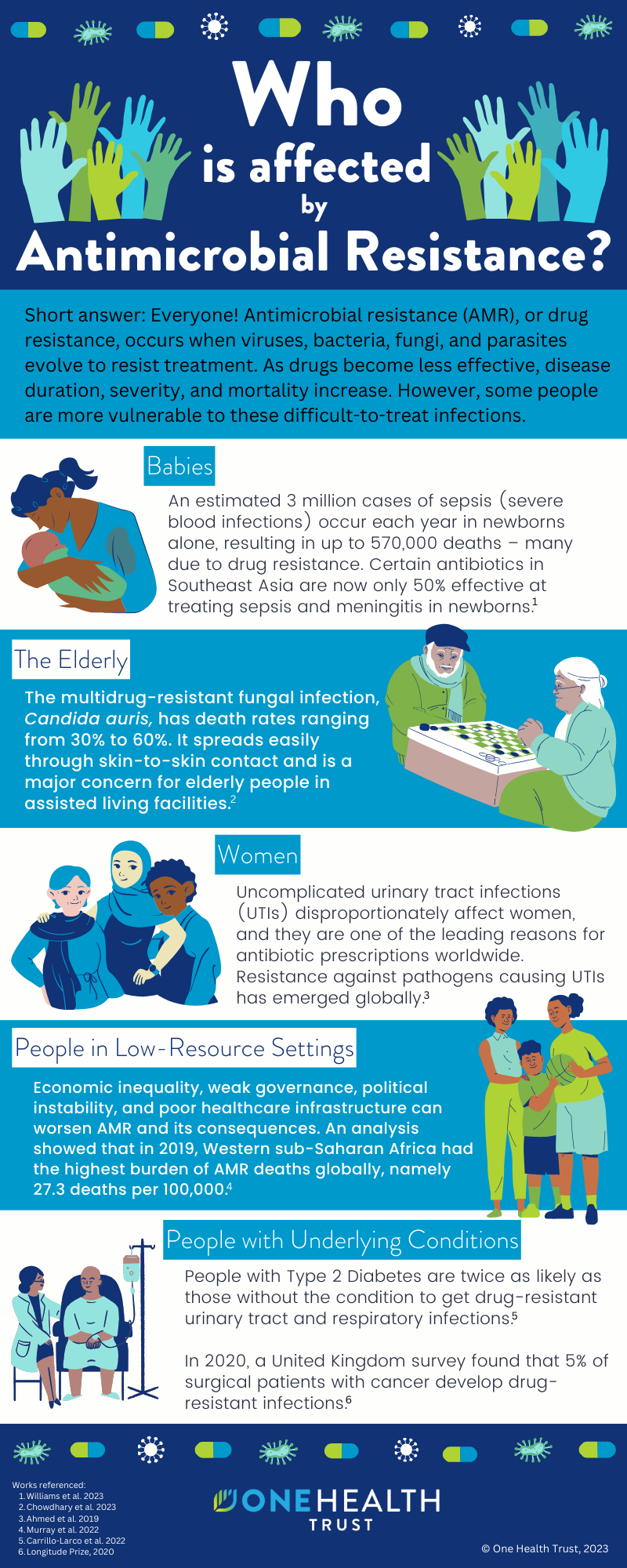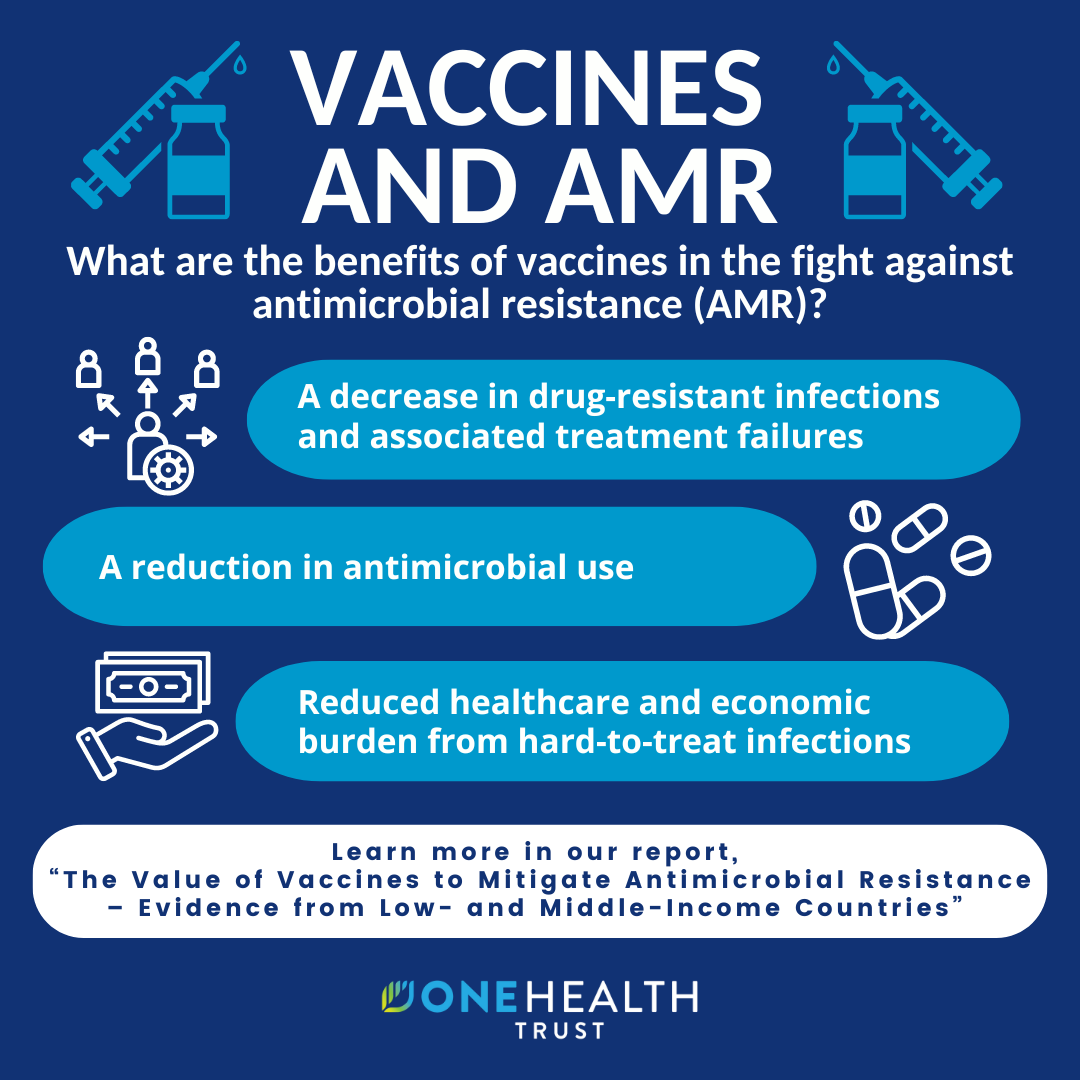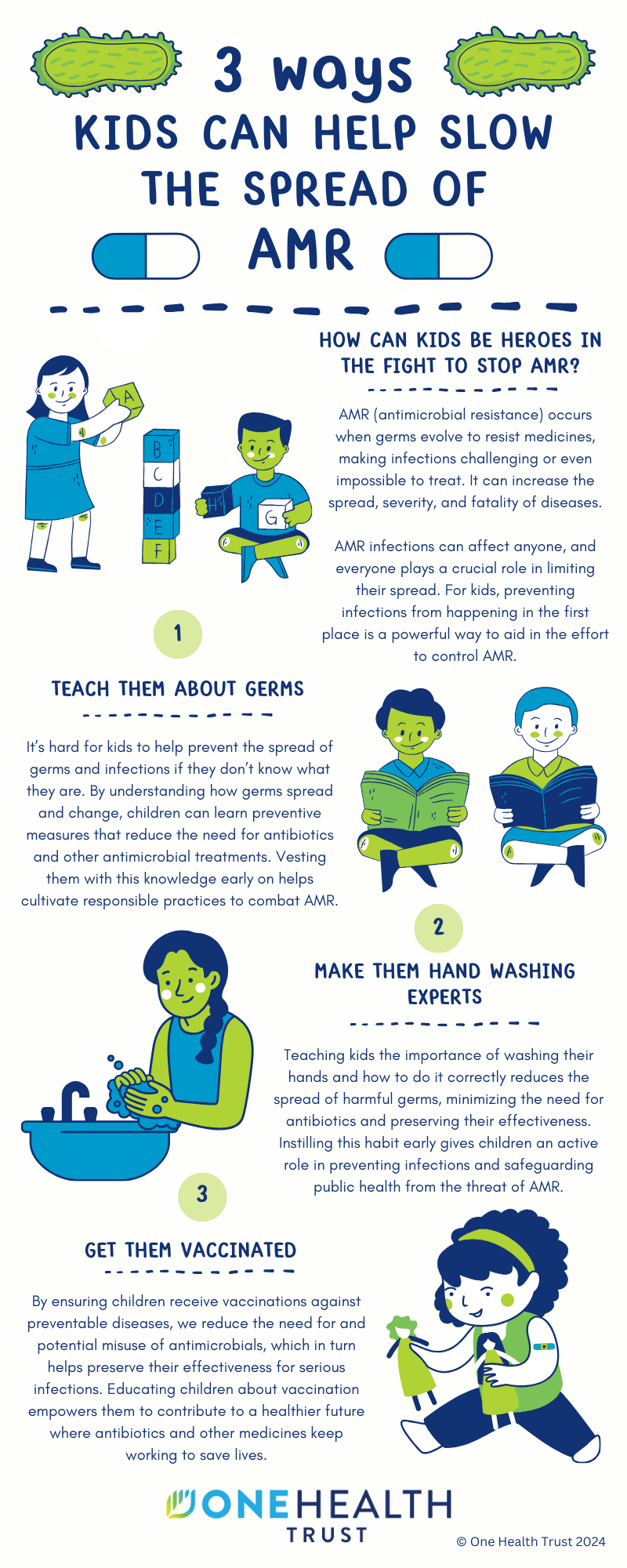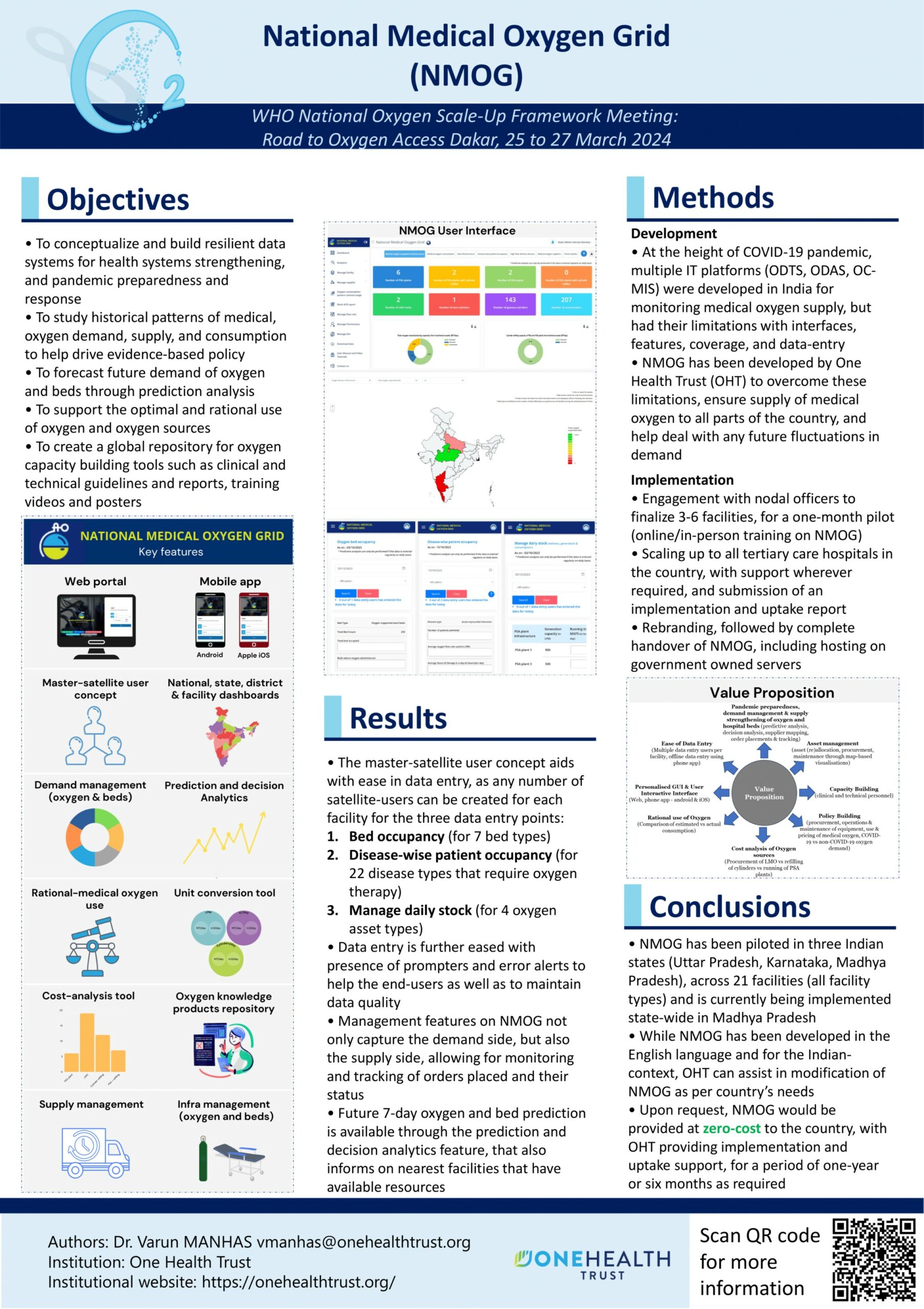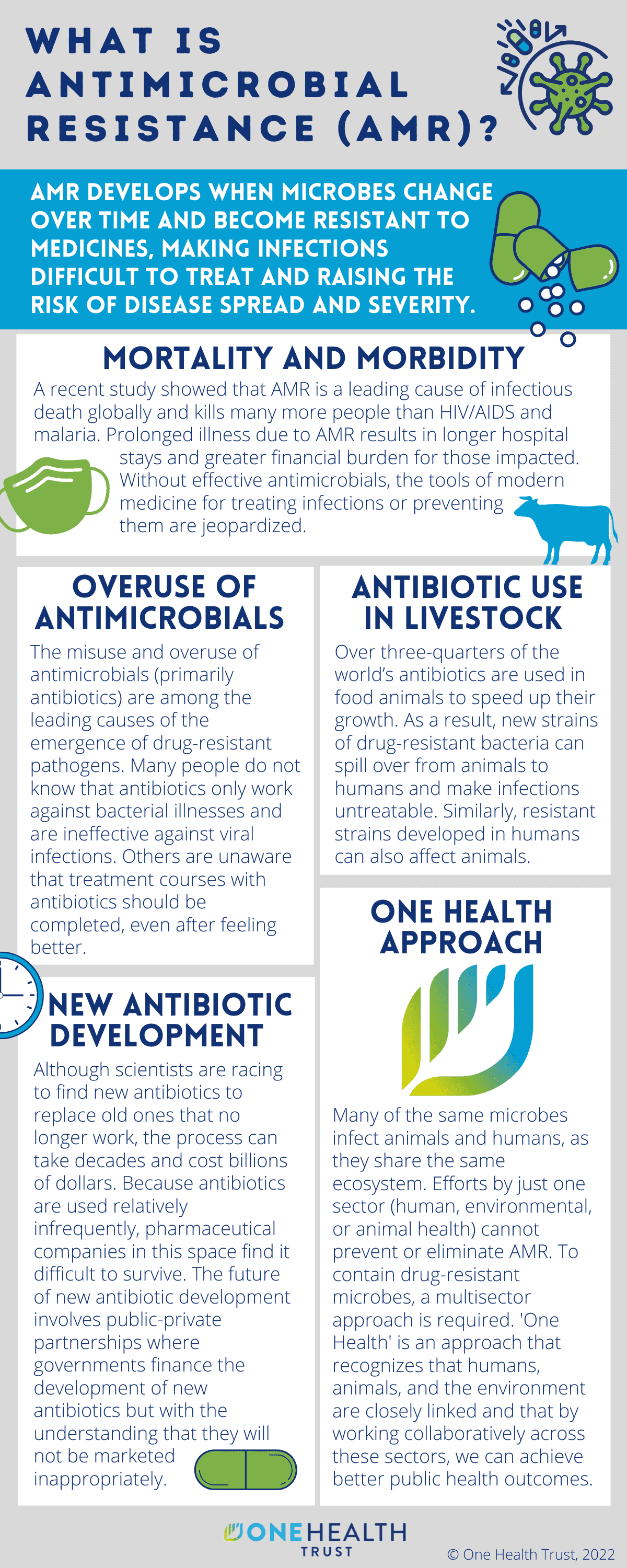
April 23, 2022
What is Antimicrobial Resistance (AMR)?
AMR develops when microbes change over time and become resistant to medicines, making infections difficult to treat and raising the risk of disease spread and severity.
Mortality and Morbidity
A recent study showed that AMR is a leading cause of infectious death globally and kills many more people than HIV/AIDS and malaria. Prolonged illness due to AMR results in longer hospital stays and greater financial burden for those impacted. Without effective antimicrobials, the tools of modern medicine for treating infections or preventing them are jeopardized.
Overuse of antimicrobials
The misuse and overuse of antimicrobials (primarily antibiotics) are among the leading causes of the emergence of drug-resistant pathogens. Many people do not know that antibiotics only work against bacterial illnesses and are ineffective against viral infections. Others are unaware that treatment courses with antibiotics should be completed, even after feeling better.
Antibiotic use in livestock
Over three-quarters of the world’s antibiotics are used in food animals to speed up their growth. As a result, new strains of drug-resistant bacteria can spill over from animals to humans and make infections untreatable. Similarly, resistant strains developed in humans can also affect animals.
New antibiotic development
Although scientists are racing to find new antibiotics to replace old ones that no longer work, the process can take decades and cost billions of dollars. Because antibiotics are used relatively infrequently, pharmaceutical companies in this space find it difficult to survive. The future of new antibiotic development involves public-private partnerships where governments finance the development of new antibiotics but with the understanding that they will not be marketed inappropriately.
One Health Approach
Many of the same microbes infect animals and humans, as they share the same ecosystem. Efforts by just one sector (human, environmental, or animal health) cannot prevent or eliminate AMR. To contain drug-resistant microbes, a multisector approach is required. ‘One Health’ is an approach that recognizes that humans, animals, and the environment are closely linked and that by working collaboratively across these sectors, we can achieve better public health outcomes.
- World Health Organization. (2021). Antimicrobial resistance. https://www.who.int/news-room/fact-sheets/detail/antimicrobial-resistance
- Laxminarayan, R. (2022). The overlooked pandemic of antimicrobial resistance. The Lancet.
- Frost, I., Van Boeckel, T. P., Pires, J., Craig, J., & Laxminarayan, R. (2019). Global geographic trends in antimicrobial resistance: The role of international travel. Journal of Travel Medicine, 26(8), taz036.

